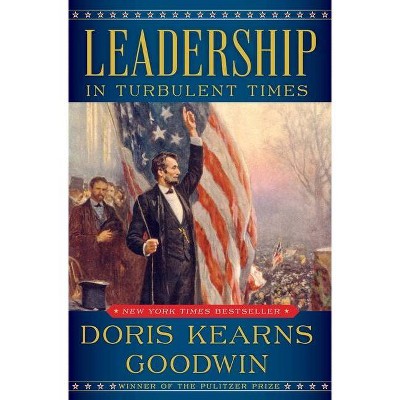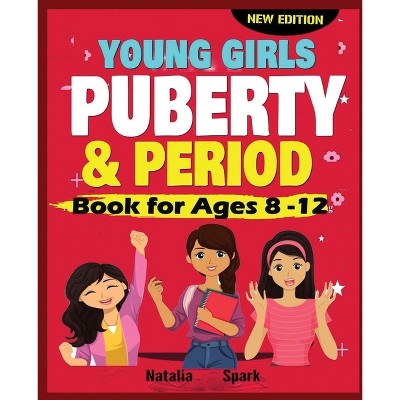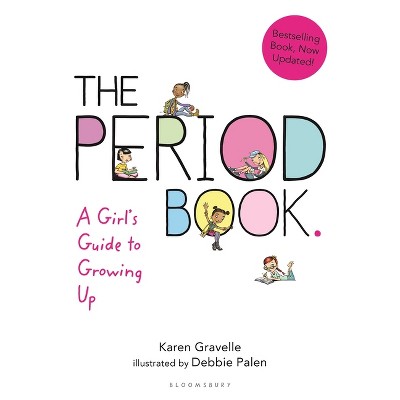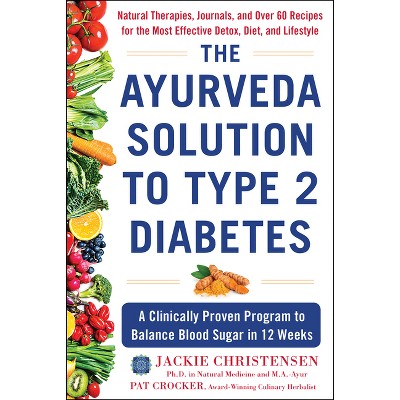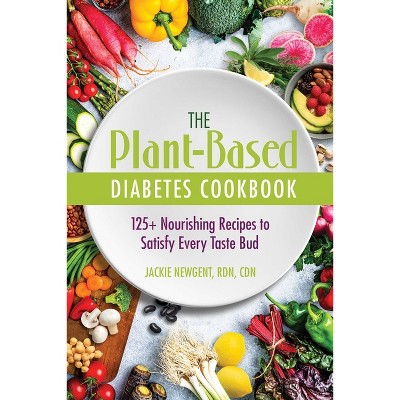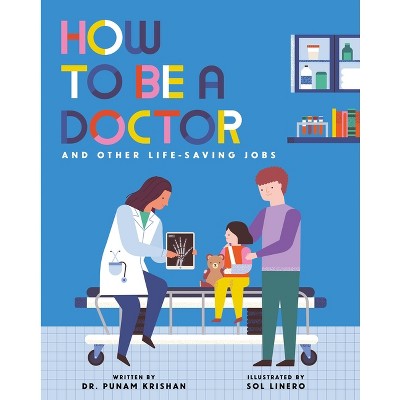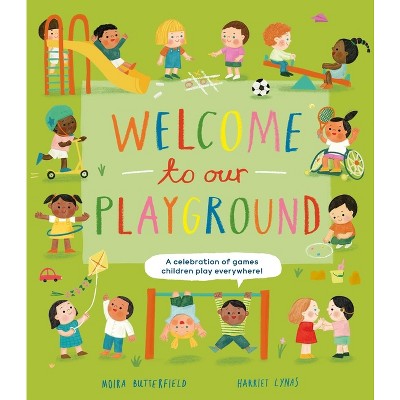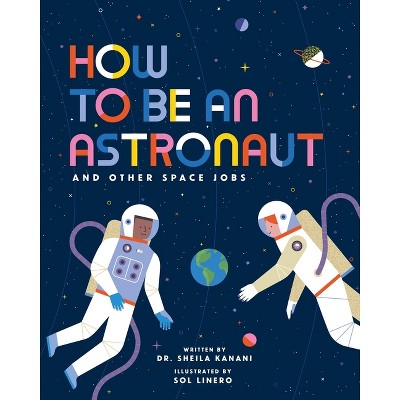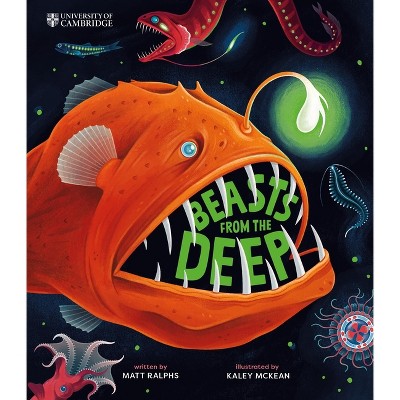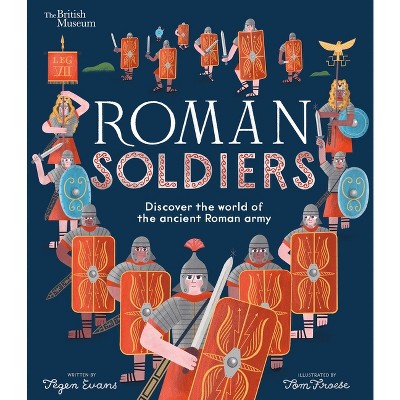Sponsored

Growing Up: An Inclusive Guide to Puberty and Your Changing Body - by Rachel Greener (Hardcover)
In Stock
Sponsored
About this item
Highlights
- A modern and inclusive guide to help every child understand their journey from childhood to being a grown-up.Growing up is a natural part of life, and every child deserves to understand the different ways their body may change as they grow older.
- 7-10 Years
- 10.7" x 9.4" Hardcover
- 32 Pages
- Juvenile Nonfiction, Concepts
Description
Book Synopsis
A modern and inclusive guide to help every child understand their journey from childhood to being a grown-up.
Growing up is a natural part of life, and every child deserves to understand the different ways their body may change as they grow older. While puberty happens to everyone, every child's journey from childhood to being a grown-up will be as unique as they are!
In this honest, accessible, and inclusive illustrated guide to puberty, young readers can find out exactly what they and their peers may experience as they grow up. From getting taller and discovering hair growing in new places to developing breasts, experiencing periods, or having wet dreams, this book provides the perfect stepping stone for every caregiver to have an open conversation about what puberty really means. Working closely with a leading national LGBTQ+ organization as well as a biology specialist and a diversity, equality, and inclusivity consultant, Growing Up covers everything from biological sex and gender identity to physical changes and emotional development, including sections on friendships and emotional health, creating and respecting boundaries, and online safety. Written in friendly and accessible language that can be shared with a child or read independently, Growing Up alsoincludes a further reading section and glossary to answer more complex questions, as well as a resource guide where young readers can find help from trusted sources outside of the home or school environment.Review Quotes
A guide to the ins and outs of maturation.
Greener and Owen's book covers physical and emotional changes, friendship, self-care, and digital citizenship and safety. Written in second person, the text addresses young readers directly, inviting them to consider their own experiences. The book both normalizes and affirms the diversity of human bodies and experiences, whether biological realities ("These changes happen at a different speed for everyone") or bodily autonomy and choice ("Not every grown-up can or will choose to use their body to make a baby. There are lots of different ways to be a grown-up"). Illustrations rendered in gentle hues include informative biological diagrams and tools such as menstrual products; the art portrays people of diverse racial identities, abilities, religions, and body sizes going about their lives. A section on boundary setting addresses consent and the importance of listening when someone says no, though it doesn't address affirmative consent. The author doesn't discuss transgender experiences (beyond acknowledging that some people's gender identities are at odds with the sex they were assigned at birth) or puberty blockers; still, her use of words such as some and most helps to avoid overgeneralization: "During puberty, most people born with a vulva will start having periods." Frequent reminders to talk with a "grown-up you trust" responsibly keep the focus on young readers and their potential needs.
An extensive and accurate puberty primer. (extra questions readers might have, resources, glossary) (Nonfiction. 8-14)
Growing up is a natural part of life, and every child deserves to understand the different ways their body may change as they grow older. While puberty happens to everyone, every child's journey from childhood to being a grown-up will be as unique as they are!
In this honest, accessible, and inclusive illustrated guide to puberty, young readers can find out exactly what they and their peers may experience as they grow up. From getting taller and discovering hair growing in new places to developing breasts, experiencing periods, or having wet dreams, this book provides the perfect stepping stone for every caregiver to have an open conversation about what puberty really means.
Working closely with a leading national LGBTQ+ organization as well as a biology specialist and a diversity, equality, and inclusivity consultant, Growing Up covers everything from biological sex and gender identity to physical changes and emotional development, including sections on friendships and emotional health, creating and respecting boundaries, and online safety.Written in friendly and accessible language that can be shared with a child or read independently, Growing Up also includes a further reading section and glossary to answer more complex questions, as well as a resource guide where young readers can find help from trusted sources outside of the home or school environment.
Greener's guide to puberty hits many positive notes: it depicts a diverse range of young people; it distinguishes between biological sex and gender identity; and it provides tween-appropriate information about the maturation process. Specifically, the author discusses hormonal changes to ovaries and testicles, growth spurts, physical body changes (breast development, periods, beards, voice changes, erections), and puberty-related emotional changes. She also touches upon consent and dangers connected with online activities. Information is presented simply using two sizes of text that distinguish main points and details. Owen's colorful digital artwork appears on every page. Most illustrations portray gender-indeterminate individuals involved in social situations (playing soccer, attending sleepovers); a few depict locker room nudity or diagrams of sexual organs; and smaller inset art is used to add details. Because the intended audience is young and the coverage so broad, much of the presentation is very general, which may result in some confusion. Appended with additional questions and a glossary, this should be most useful as an introduction for young tweens.--Kay Weisman, Booklist
Useful as an introduction for young tweens.--Booklist
The book both normalizes and affirms the diversity of human bodies and experiences... An extensive and accurate puberty primer.--Kirkus Reviews
About the Author
Rachel Greener (Author)
Rachel Greener is a children's books editor from London who has written and edited fiction, nonfiction, and picture books about everything from the ancient Egyptians and ocean plastics to teenage detectives and zombie goldfish. She wrote this book because she thinks it is important that all children have a chance to see themselves reflected in a book about puberty.
Clare is a UK-based illustrator, who graduated from art school in 2009 and has been working as a freelance illustrator ever since! Clare works on a big variety of fun projects, creating pictures and patterns for home products, stationery, story books, magazines, and packaging. All influenced by her love of color, nature, and mid-century design. Originally from Cornwall, she now lives in Bristol, England with her boyfriend and two cats.
Shipping details
Return details
Frequently bought together
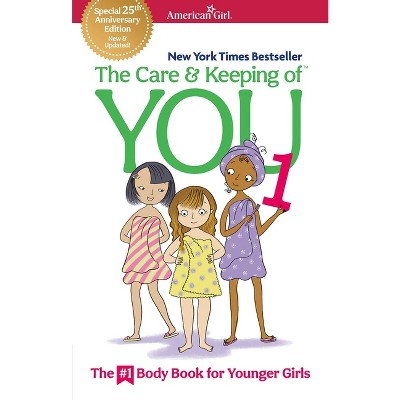
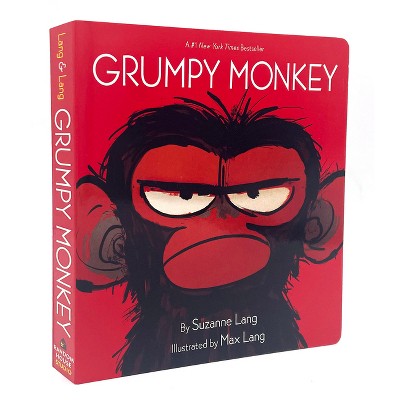
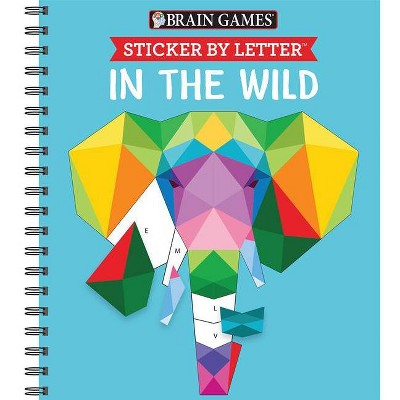
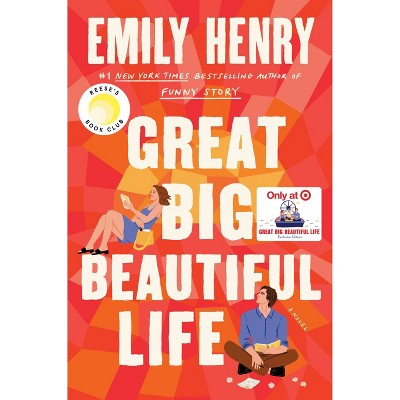
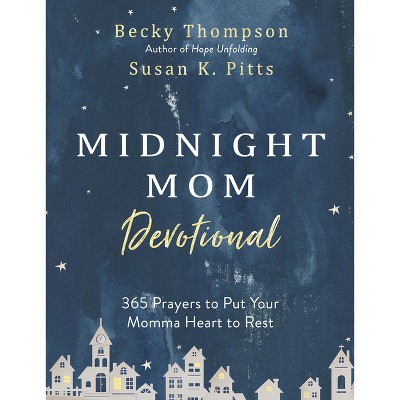
Guests also viewed

